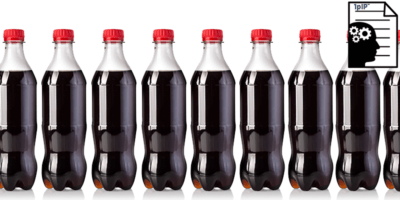
Like traditional trademarks, the value of a particular trade dress comes from its being used consistently and continuously, and trade dress rights can last indefinitely if used properly. Trade dress can include various aspects of products, such as the shape of a soda bottle, the layout of a web page, or even the decor of a restaurant. Trade dress rights protect their owners from competitors making and selling products that appear confusingly similar to their own, even in cases where there is no exact copying of the product’s design or markings.
The Trademark Office will register trade dress that is both “distinctive” and “nonfunctional,” and that otherwise complies with Section 2 the Lanham Act, 15 U.S.C. § 1052.
- The “nonfunctional” requirement means that trade dress will not cover those aspects of the product packaging or design that relate to the function of the product, such as making it easier to use (e.g., an “easy-pour” cap on a syrup bottle).
- Trade dress may protect both a product’s packaging and the design of the product itself. But whereas the former may be found to be inherently “distinctive,” trade dress protection for a product’s design requires proof of acquired secondary meaning. This is because the design of a product is far more likely to relate to the functionality of the product than its packaging.
Registration with the U.S. Patent and Trademark Office may stand as evidence of validity and ownership of a trade dress, and the ownership of trade dress that has been registered and in continuous use for five consecutive years, upon the satisfaction of statutory requirements, may not be challenged. Unregistered trade dress rights also may be protected under Section 43 of the Act.
A trade dress owner must prove three elements to establish trade dress infringement: (1) distinctiveness (either inherent distinctiveness or acquired secondary meaning), (2) nonfunctionality, and (3) a likelihood of confusion created by the alleged infringer.
- Problems often arise in litigation in identifying the precise elements and scope (again, the “overall look”) of the trade dress being asserted. Trade dress owners should be prepared to identify the particular combinations of elements (shape, color, etc.) that constitute their claimed trade dress, while being sure to use those elements consistently on their own products.
- Trade dress owners also should consider identifying not only the specific designs that they are accusing, but also some of the infringer’s designs that they are not attacking, so as to avoid a challenge of ambiguity.
Trade dress, an important component of comprehensive intellectual property protection, should not be overlooked by companies interested in protecting their products and market share.
Request PDF Copy of This Document
Raphael Bellum – Advocates for Innovation – Advisors on Invention℠
www.raphaelbellum.com | ©2018 – 2021 Raphael Bellum PLLC
